

Electronic engineers and application developers for Internet of Things (IoT) products and systems face a bewildering array of connection options.
Many communication technologies are well-known, such as WiFi, Bluetooth, ZigBee, and 2G/3G/4G cellular networks, but there are also several emerging options like Thread as an alternative for home automation applications and blank television technology implemented in major cities for broader IoT-based use cases. The choice of a technology combination will depend on factors such as application, range, data requirements, security, power needs, and battery life. Here are some of the main communication technologies available to developers.
Bluetooth
Bluetooth technology is an important short-range communication technology that has become very significant in computing and many consumer markets. It is expected to be key for wearable products, particularly those connected to IoT, although possibly through smartphones in many cases. The new Bluetooth Low Energy (BLE) or Bluetooth Smart (as it is now labeled) is an important protocol for IoT applications. Importantly, while it provides a range similar to Bluetooth, it is designed to significantly reduce power consumption.
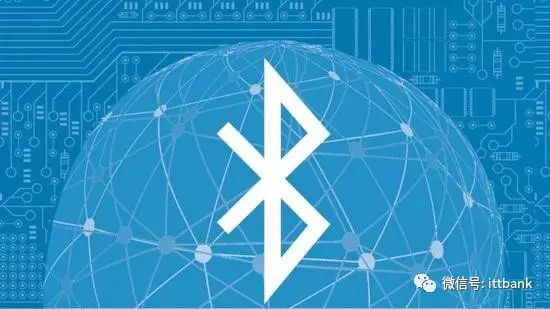
However, Smart/BLE is not really designed for file transfer and is better suited for small data packets. Given its widespread integration in smartphones and many other mobile devices, it certainly has a significant advantage in many competitive technology personal device environments. According to Bluetooth SIG, over 90% of Bluetooth smartphones, including models from iOS, Android, and Windows, are expected to be “smart ready” by 2018.
Devices using Bluetooth Smart features include those based on radio frequency transceivers, baseband, and the Bluetooth core specification version 4.0 (or higher – the latest version 4.2 as of the end of 2014, and currently updated to 5). Notably, version 4.2 will allow Bluetooth Smart sensors to connect directly to the internet via 6LoWPAN through its Internet Protocol support profiles (more below). This IP connection enables the use of existing IP infrastructure to manage Bluetooth Smart edge devices. For more information on Bluetooth 4.2, various Bluetooth modules can be obtained from RS.
Standard: Bluetooth 4.2 Core Specification
Frequency: 2.4GHz (ISM)
Range: 50-150 meters (Smart/BLE)
Data Rate: 1Mbps (Smart/BLE)
ZigBee
ZigBee has a large operational base similar to Bluetooth, although it has traditionally been used in industrial environments as well. ZigBee PRO and ZigBee Remote Control (RF4CE) and other available ZigBee profiles are based on the IEEE802.15.4 protocol, which is an industry-standard wireless networking technology aimed at the 2.4GHz band, designed for applications that require relatively infrequent data exchange, with a range of up to 100 meters in confined areas, such as in homes or buildings.
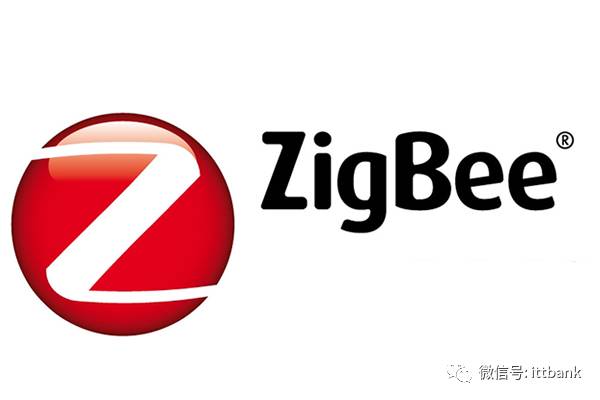
ZigBee/RF4CE has some significant advantages in complex systems, offering low power operation, high security, robustness, and high scalability, with a high number of nodes and the ability to leverage wireless control and sensor networks in M2M and IoT applications. The latest version of ZigBee is the recently launched 3.0 version, which essentially unifies various ZigBee wireless standards into a single standard. Examples of ZigBee development products and kits include TI’s CC2538SF53RTQT ZigBee system-on-chip and CC2538 ZigBee development kit.
Standard: ZigBee 3.0 based on IEEE802.15.4
Frequency: 2.4GHz
Range: 10-100 meters
Data Rate: 250kbps
Z-Wave
Z-Wave is a low-power radio frequency communication technology primarily used for products such as light controllers and sensors in home automation. It is optimized for reliable and low-latency communication for small data packets with data rates of up to 100kbit/s, operating in the 1GHz band, and is not affected by WiFi and other wireless technologies in the 2.4 GHz range, such as Bluetooth or ZigBee. It supports a full mesh network without the need for a coordinator node and is highly scalable, capable of controlling up to 232 devices.
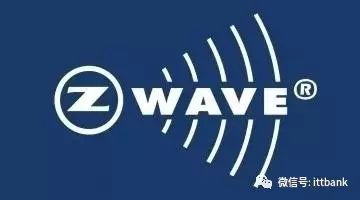
Z-Wave uses a simpler protocol than some others, allowing for faster and easier development, but compared to multiple sources of other wireless technologies (like ZigBee), the only chip manufacturer is Sigma Designs.
Standard: Z-Wave Alliance ZAD12837 / ITU-T G.9959
Frequency: 900MHz (ISM)
Range: 30m
Data Rate: 9.6 / 40 / 100kbit/s
6LowPAN
IP-based technology is 6LowPAN (IPv6 Low-Power Wireless Personal Area Network). 6LowPAN is not an IoT application protocol technology like Bluetooth or ZigBee, but a network protocol that defines encapsulation and header compression mechanisms. The standard has flexibility in bandwidth and physical layer and can be used across various communication platforms, including Ethernet, Wi-Fi, 802.15.4, and sub-1GHz ISM. A key attribute is the IPv6 (Internet Protocol version 6) stack, which has become very important in recent years for enabling the IoT. IPv6 is the successor to IPv4, providing approximately 5 x 10^28 addresses for everyone in the world, allowing every embedded object or device to have its unique IP address and connect to the internet. For example, IPv6 is designed for home or building automation, providing a basic transport mechanism to produce complex control systems and communicate with devices in a cost-effective manner via low-power wireless networks.

The standard is designed to send IPv6 packets over IEEE802.15.4-based networks and implements open IP standards, including TCP, UDP, HTTP, COAP, MQTT, and Websockets, providing end-to-end addressable nodes, allowing routers to connect the network to IP. 6LowPAN is a mesh network with strong scalability and self-healing properties. Mesh router devices can route data designated for other devices, while hosts can sleep for extended periods. Here is an explanation of 6LowPAN provided by TI.
Standard: RFC6282
Frequency: (Applicable to various other network media, including Bluetooth Smart (2.4GHz) or ZigBee or low-power RF (sub-1GHz)
Range: N/A
Data Rate: N/A
Thread
Thread is a new IP-based IPv6 network protocol designed for home automation environments. Based on 6LowPAN, like it, it is not an IoT application protocol like Bluetooth or ZigBee. However, from an application perspective, it is primarily designed to complement WiFi, recognizing that WiFi is advantageous for many consumer devices, and the limitations it has when used in home automation settings.

The Thread Group launched in mid-2014, a royalty-free protocol based on various standards, including IEEE802.15.4 (as the wireless air interface protocol), IPv6, and 6LoWPAN, providing a flexible IP-based solution for IoT. Thread is designed to work with existing IEEE802.15.4 wireless chip vendors (like Freescale and Silicon Labs), supporting mesh networks using IEEE802.15.4 radio transceivers, capable of handling up to 250 nodes with high levels of authentication and encryption. Relatively simple software upgrades should allow users to run Thread on existing devices that support IEEE802.15.4.
Standard: Thread, based on IEEE802.15.4 and 6LowPAN
Frequency: 2.4GHz (ISM)
Range: N/A
Data Rate: N/A
WiFi
WiFi connectivity is often the obvious choice for many developers, especially considering the prevalence of WiFi in home environments within local area networks. Aside from explicitly stating that existing infrastructure is widespread and provides fast data transfer capabilities and the ability to handle large amounts of data, this needs no further explanation.

Currently, the most common WiFi standard in use in homes and many businesses is 802.11n, which offers strict throughput in the hundreds of megabits per second, which is great for file transfers but may be too power-hungry for many IoT applications. RS offers a range of RF development kits for building WiFi-based applications.
Standard: Based on 802.11n (most common use today)
Frequency: 2.4GHz and 5GHz bands
Range: Approximately 50m
Data Rate: Maximum 600 Mbps, but typically 150-200Mbps depending on the channel frequency and number of antennas (the latest 802.11-ac standard should provide 500Mbps to 1Gbps).
Cellular
IoT applications that need to operate over longer distances can leverage GSM/3G/4G cellular communication capabilities. While cellular phones can obviously send a large amount of data, especially for 4G, the costs and power consumption will be too high for many applications, but for very low-speed, low-bandwidth data projects based on sensors, it is an ideal means of internet data transfer. A key product in this field is the SparqEE series, including the original small CELLv1.0 low-cost development board and a series of shield connection boards used with Raspberry Pi and Arduino platforms.
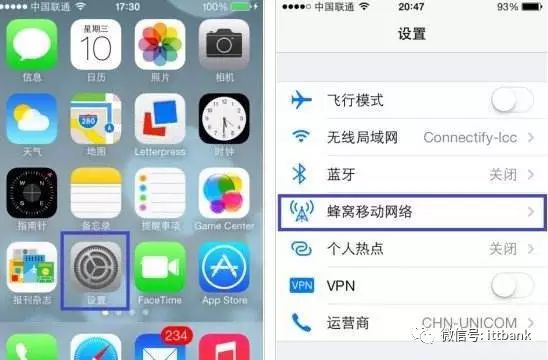
Standard: GSM/GPRS/EDGE (2G), UMTS/HSPA (3G), LTE (4G)
Frequency: 900/1800/1900/2100MHz
Range: GSM up to 35km; HSPA up to 200km
Data Rate (Typical Download): 35-170kps (GPRS), 120-384kbps (EDGE), 384Kbps-2Mbps (UMTS), 600kbps-10Mbps (HSPA), 3-10Mbps
NFC
NFC (Near Field Communication) is a technology that enables simple and secure two-way interactions between electronic devices, particularly suitable for smartphones, allowing consumers to perform contactless payment transactions, access digital content, and connect electronic devices. Essentially, it extends the capabilities of contactless card technology and enables devices to share information at distances of less than 4cm. More information is provided here.
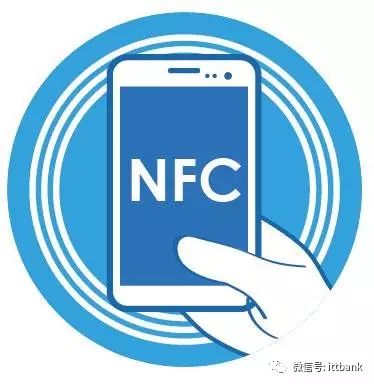
Standard: ISO/IEC 18000-3
Frequency: 13.56MHz (ISM)
Range: 10cm
Data Rate: 100-420kbps
Sigfox
Another widespread technology is Sigfox, which operates between WiFi and cellular. It uses the unlicensed ISM band, allowing data to be transmitted to and from connected objects in a very narrow spectral range without needing a license. The idea behind Sigfox is that for many M2M applications running on small batteries, low-level data transmission is needed, where WiFi’s range is too short, and cellular is too expensive and power-hungry. Sigfox uses a technology called Ultra-Narrowband (UNB) that is solely for handling low data transmission speeds of 10 to 1,000 bits per second. With 50 microwatts compared to 5000 microwatts consumed by cellular communication, it can provide a typical standby time of 20 years on a 2.5Ah battery, while cellular only lasts 0.2 years.

Already deployed in thousands of connected objects, this network is currently being rolled out in major cities across Europe, including ten cities in the UK. The network provides a robust, power-efficient, and scalable network that can communicate with millions of battery-powered devices over several square kilometers, making it suitable for expected applications including smart meters, patient monitors, security devices, street lighting, and environmental sensors. The Sigfox system uses chips like Silicon Labs’ EZRadioPro wireless transceiver to provide industry-leading wireless performance, extended range, and ultra-low power for wireless network applications operating in the sub-1GHz band.
Standard: Sigfox
Frequency: 900MHz
Range: 30-50 kilometers (rural environment), 3-10 kilometers (urban environment)
Data Rate: 10-1000bps
Neul
Similar to Sigfox, operating in the 1GHz band, Neul utilizes small slices of television white space spectrum, offering high scalability, high coverage, low power, and low-cost wireless networks. The system is based on the Iceni chip, which uses white space radio for communication to access high-quality UHF spectrum, now available due to the transition from analog to digital television. The communication technology is called Weightless, a new type of wide-area wireless network technology designed for IoT, competing significantly with existing GPRS, 3G, CDMA, and LTE WAN solutions. Data rates can be any from a few bits per second to 100kbps on the same single link; devices can consume as little as 20 to 30mA from two AA batteries, meaning they can last 10 to 15 years in the field.
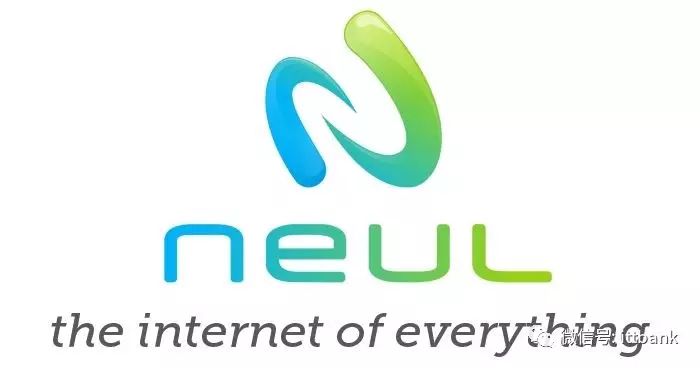
Standard: Neul
Frequency: 900MHz (ISM), 458MHz (UK), 470-790MHz (white space)
Range: 10 kilometers
Data Rate: At least 100kbps
LoRaWAN
Again similar to Sigfox and Neul, LoRaWAN targets wide-area network (WAN) applications, designed to support low-power WANs with specific features for IoT, M2M, and smart city and industrial applications. Optimized for low power and supporting large networks with millions and millions of devices, data rates range from 0.3 kbps to 50 kbps.

Standard: LoRaWAN
Frequency: Various
Range: 2-5 kilometers (urban environment), 15 kilometers (suburban environment)
Data Rate: 0.3-50 kbps.
NB-IoT
Narrowband Internet of Things (NB-IoT) based on cellular technology has become an important branch of the Internet of Things. NB-IoT is built on cellular networks and consumes about 180KHz of bandwidth, allowing for direct deployment on GSM, UMTS, or LTE networks to reduce deployment costs and enable smooth upgrades. NB-IoT supports low-power devices to connect to cellular data networks in wide areas, also known as Low Power Wide Area Network (LPWA).

NB-IoT has significant advantages in IoT applications, which are unmatched by traditional cellular network technologies and short-range transmission technologies like Bluetooth and Wi-Fi. It has broader coverage, with a gain of 20dB over existing networks in the same frequency band, expanding coverage area by 100 times.
Standard: NB-IoT
Frequency: LTE & 2G Bands
Range: 15 kilometers
Data Rate: 65kbps

